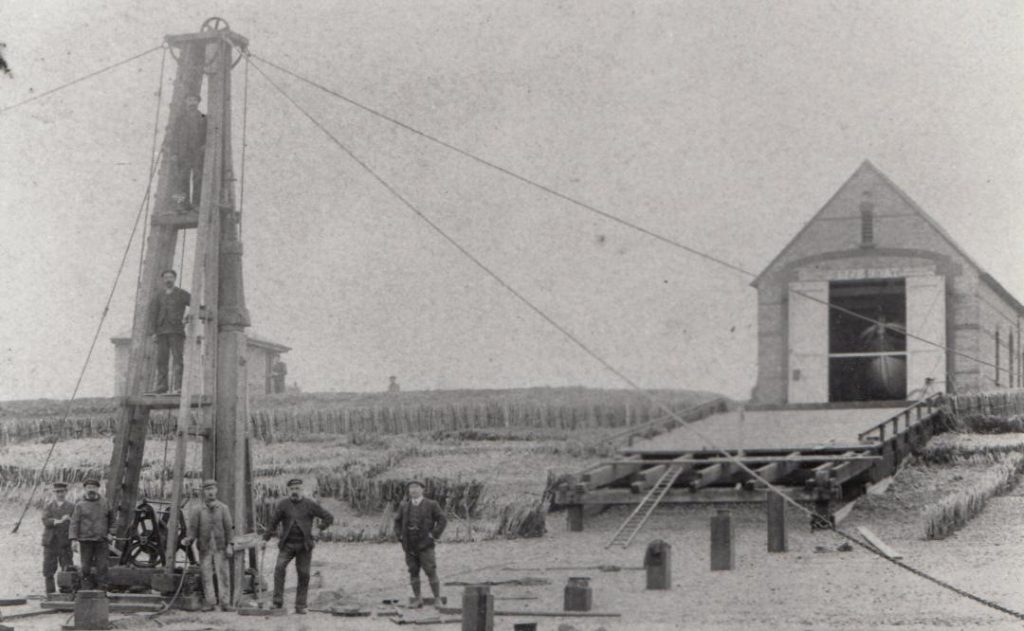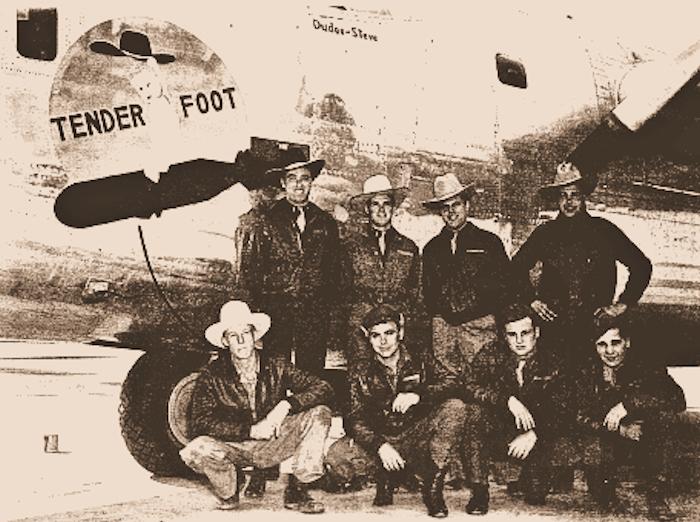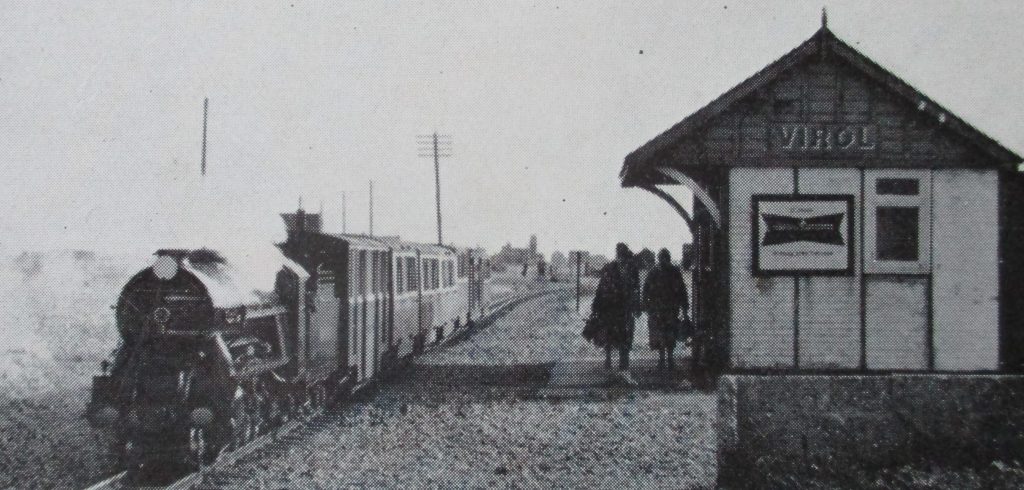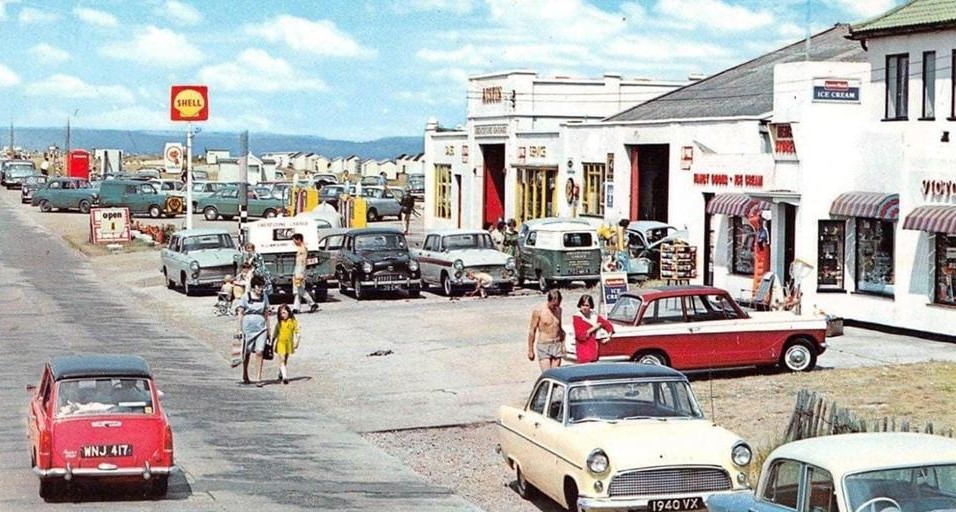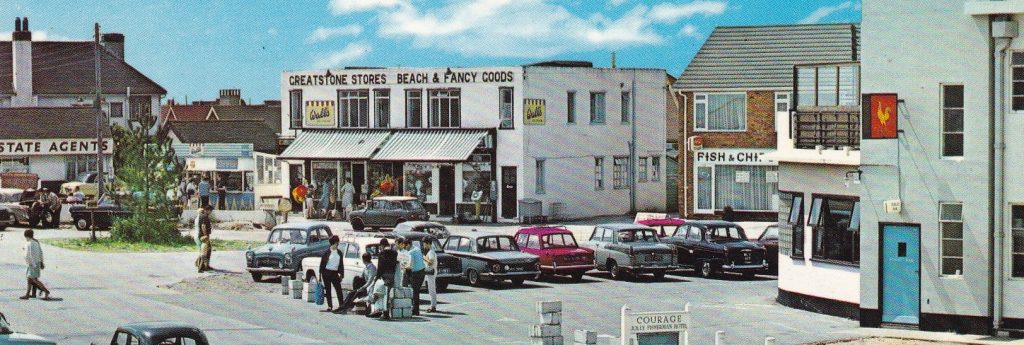The New Playground of Kent: Greatstone and Littlestone Then and Now
Many are familiar with Dungeness, but few are so aware of the charms of its neighbouring coastal villages. This is a shame, as they have a lot to offer and have fascinating – albeit short – histories. At the turn of the twentieth century, anyone who was anyone in high society was a member of Littlestone Golf Club. Many bought second homes here just to play the course, and part-time residents included serving and former Prime Ministers, members of the judiciary and even a Hollywood starlet.
NPK-pdfIn contrast, Greatstone – the majority of which was still under the sea for much of the 19th century – was marketed as the New Playground of Kent in the 1930s, and was arguably the first settlement in the UK to be constructed under the Town Planning Act. Yet this is only a small part of the story. Both these villages were in the invasion front line in World War II; and Greatstone was at the forefront of pioneering work which predated the invention of radar, also playing a pivotal role in the remarkable Pipe Line Under the Ocean (PLUTO) project. But, whilst a glittering future was mapped out – plans included a pier at Littlestone – the area didn’t take off in the way envisaged; although it didn’t quite become the quiet backwater that one of the Great Train Robbers had hoped when he tried unsuccessfully to find anonymity here.
This book – which also encompasses the satellite villages of Lade and Lydd-on-Sea – traces the history of this unique part of Romney Marsh and the individuals who have shaped its development.
















